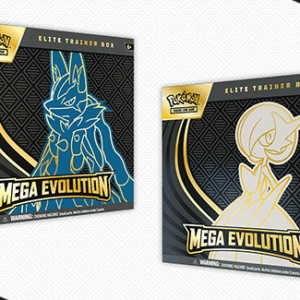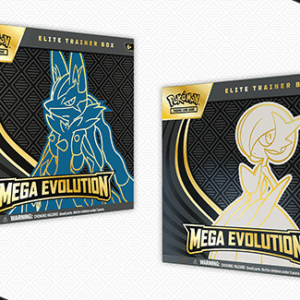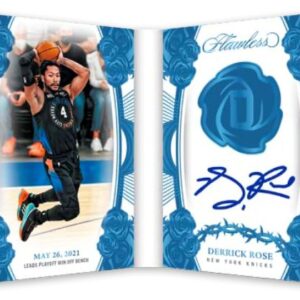Magic: The Gathering isn’t just a card game; it’s an intoxicating universe that snares players and collectors alike with its blend of strategy, artwork, and the thrill of the chase. Whether you’re a casual player just dipping your toes into this enchanted pool or someone who meticulously tracks every edition of the elusive Black Lotus, there’s one situation that can send a chill down your spine faster than missing a game-winning play—discovering that your treasured card is a counterfeit. The art of counterfeiting Magic cards has advanced over the years, creating a minefield for unsuspecting collectors. Yet, armed with the right knowledge and a keen eye, you can sidestep these pitfalls and preserve the sanctity of your collection.
Let’s start by trusting what is perhaps the most primeval of detective tools—your senses. Experienced Magic players can testify to the peculiar, tactile nostalgia of leafing through a deck of genuine cards. Real Magic cards possess a distinctive matte finish that sets them apart from glossy charlatans masquerading as the real deal. If a card feels more reminiscent of an ink-smeared diner menu than anything you’ve pulled from a neatly sealed booster pack, it’s time to raise your suspicion level. A quick tactile comparison against a land card from the same set can often spotlight an imposter.
Next up, the light check—a simple, yet surprisingly effective test. Like a miniature artworks concealing a secret, authentic Magic cards feature a characteristic blue core sandwiched between paper layers. Holding a card against a flashlight can reveal this hidden trait. Look for a soft, cool glow filtering through; too much or too little light could indicate a forgery. Counterfeit cards often err in thickness—either adopting an impenetrable density or a paper-thin facade that exudes excessive brightness.
Bringing optical aids into the mix promises an even greater level of scrutiny. Enter, the 30x magnification jeweler’s loupe—an affordable, yet formidable gadget that empowers you to play detective with your card collection. Examine the art and text boxes closely; genuine Magic cards are printed with a series of tiny, round dots that coalesce into intricate floral-like rosette patterns. Counterfeit cards? These often succumb to blurry dots, digital pixelation, or inconsistent grids that betray their fabricated origins.
The loupe becomes even more powerful with the solid black test. Magic cards utilize a deep, bold black ink for critical elements such as card names, mana symbols, and text. This ink is applied in a solid, consistent layer. On the other hand, counterfeit cards might use a composite of colored dots to create a faux-black, resulting in a fuzzy appearance under magnification.
Ever notice the green mana symbol on a card’s back? Zoom in close, and you’ll uncover the enigmatic green dot “L” test. Genuine cards reveal a pattern of red dots nestled inside the yellow-green border, which forms a diminutive, upside-down “L.” Should this L be missing, misaligned, or just a mere blur, you might be holding a fraudulent piece.
Today’s collectors benefit from new-age safeguards that combat counterfeiting in contemporary cards. Since the Magic 2015 set, rares and mythics bear an oval hologram stamp—a dazzling emblem of authenticity. On genuine cards, this stamp should meld seamlessly with the card’s surface, enriched by microtext featuring planeswalker symbols and mana icons. If the holofoil looks grainy, raised, or akin to a hastily repurposed sticker, it’s likely a counterfeit attempt.
There are, however, certain practices you shouldn’t resort to when validating your cards. While old-school tests like bending or tearing cards could expose a blue core, they risk damaging legitimate cards more than revealing any falsification. Modern counterfeiters have improved, and it’s time you adapt too—ditch the damaging tests and stick with non-destructive verification methods.
If there’s a golden rule in the world of Magic card authentication, it’s this: never rely on a single method. Identifying fake Magic cards is an exercise in redundancy, stacking the evidence until doubts are vanquished. Begin with your tactile impressions, scrutinize under light, employ that trusty loupe, and assess every angle with precision. As you practice these detection skills, your eye will sharpen, and your collection will remain unblemished by fraudulent intrusions. Armed with this knowledge, you not only become a more astute collector but help preserve the integrity of a cherished game for generations to come.






